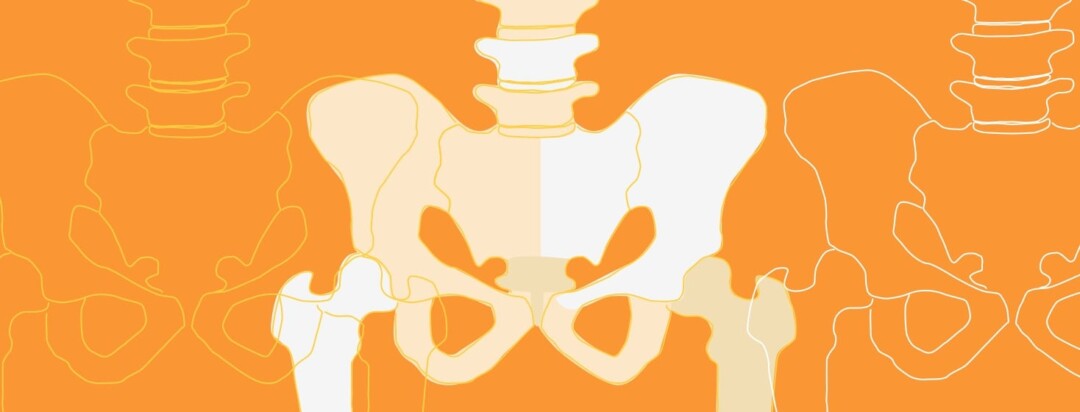Bone Pain and Lung Cancer
Many kinds of cancer can metastasize (spread to other parts of the body). These new cancer sites are called metastases. Depending on the type of cancer, metastases can be far from the original cancer site, appearing in distant organs and areas of the body. The skeletal system, which is made up of bones, is the third most common site for metastasis, behind only the liver and lungs.1,2
Tumors of the breast, prostate, and lungs are most likely to spread to bone. These kinds of cancer account for 80 percent of all skeletal metastases.2
Metastases in the skeletal system are usually located in the:2
- Spine
- Pelvis
- Longer bones like the femur
- Skull
Bone metastases can be particularly painful. They may also cause mobility issues or fractures in the affected bone. With this in mind, treating bone pain is a question on many cancer researchers’ minds.1-3
Lung cancer, metastases, and bone pain
Experiencing bone pain while living with cancer is very common. Around 60 to 84 percent of people with advanced-stage cancer are estimated to experience some kind of bone pain.2
For some people, pain or a bone fracture may be their first cancer symptom. Most of the time, people experience a dull ache that gradually becomes more constant and severe. Pain also often increases during movement and at night.2
Notably, the location and severity of metastases do not always predict how much pain someone will be in. It is possible for one person to have many metastases that do not interfere with their quality of life while another person has one metastasis that is very painful.2,3
One type of cancer that causes bone metastases is lung adenocarcinoma. Lung adenocarcinomas are known for causing bone metastases, leading to pain and poor overall quality of life and survival.2,3
Why does cancer cause bone pain?
Experts are still researching exactly how cancer causes bone pain. There are big differences in who gets metastases, where those metastases are, and whether they cause pain. Because of this, finding an underlying link can be difficult. But there is a lot that experts already know.2
Doctors know that most metastasis occurs through the bloodstream (circulatory system), which carries cancer cells to other parts of the body where they can grow. The cancer cells separate from the primary tumor and work their way into the circulatory system.2
The exact way that tumor cells find and settle into bone is not well understood. But it seems like they can be inactive for months or years before growing.2
Could my bone pain be lung cancer?
The only way to know for sure whether bone pain is caused by lung cancer is to have your doctor test you for lung cancer. They may be able to diagnose you using blood tests or imaging tests such as a bone scan or magnetic resonance imaging (MRI). But this may be easier said than done.1
Because bone metastasis is not a common cause of joint or skeletal pain, doctors may assume your pain has other causes. They may hesitate to do imaging tests. But more research and knowledge about bone metastasis are being shared all the time, and it helps to educate yourself before you visit your doctor.
In two cases of people with elbow pain from lung cancer, people went to their doctors to be treated for limited range of motion and pain in their elbows. Both thought they had overuse injuries, as did their doctors. But after local steroid injections for pain and physical therapy, both showed little improvement. After following up with their doctors, both had MRIs and were then diagnosed with lung cancer.3
If you suspect your bone pain may be a cause for concern, bring it up with your doctor. They may be able to determine the issue or order more testing to find out whether cancer is the cause. It is rare that bone pain stems from cancer, but call your doctor if you have persistent pain that does not get better with treatment.

Join the conversation